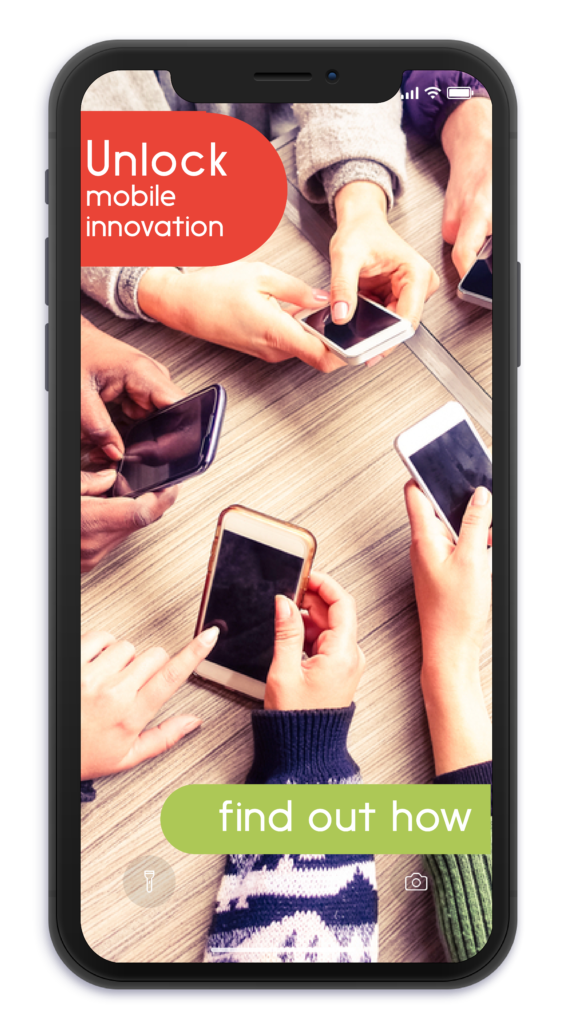4 Emerging Back to Work Models for the Distributed Workplace
The office you left will not be the same as the office you return to and, in some cases, you may not be returning to the office at all. With such mammoth complexities around how to keep everyone safe and curb the spread of the virus in the work environment, many organizations are weighing the risk-reward trade-offs of reopening their offices. New protocols, policies and technologies are rapidly being developed to address and adapt how the global workforce operates in the Covid era.
Prior to the coronavirus outbreak, Modo worked closely with many Fortune 1000 brands, including Capital One and Schneider Electric, to deliver their digital workplace experience. When the coronavirus hit, we partnered with our customers to adapt their employee app experience to deliver crisis communications and keep their now distributed workplace informed, connected and safe.
There are 4 models Modo sees emerging as global brands begin to prepare to operate in the new normal.
1. Rotating staff and staggering teams approach
Some companies are considering rotating their staff in and
out of offices, prioritizing roles that need more frequent access to the
physical space, such as labs or special equipment. At the same time, these
companies are planning to limit the number of staff in a space to accommodate
social distancing protocols. They are assigning employees to separate groups
(e.g., the red, green or purple team) based on role along with other relevant
criteria. Groups have designated days to come in as part of a rotation schedule.
Some enterprises are providing in-app virtual tours to help
guide employees through the physical space prior to entering the building
space. Examples include how to ride the elevator and what routes to take to get
to the cafeteria or to a meeting room.
Before an employee enters the office space, the mobile app
can confirm it’s their day to be in the building and that they’ve confirmed
they are healthy through a self-assessment. Moreover, with the presence of
Bluetooth beacons and geofences, the app can immediately remind each employee
of the steps they must take prior to being allowed to enter the building, or
about the local rules, policies and regulations for a particular location.
2. Phased approach, gradually returning employees across
locations
Many companies are piloting a return of employees to the
office with the phased approach in one location, or a handful of locations, and
then applying the learnings to inform their broader return-to-the-office
strategy. They are testing how technology and best practices can support the
transition. This includes leveraging location-based tools like app
notifications to check employees in and drive healthy behaviors, such as
nudging employees to wash their hands as they enter a new office area and
reminding team members to keep their social distance.
To support those coming back, companies are supplying
Personal Protective Equipment (PPE) and making sure sanitation across physical
spaces is up to the highest standards. Many are allowing employees to request masks,
gloves or the cleaning of an area via their workplace app. They are also
offering indoor maps that identify where employees can access PPE.
3. Voluntary, flexible approach
In a voluntary approach, the company caps the number of
employees that may work in a particular location, on any given day. The
employees “reserve” their spot, before leaving home, and when the limit it
reached, no more in-office reservations are made available.
For those who plan or need to be onsite, employees can make
an office reservation, along with a desk, directly through their workplace
mobile or desktop app. With this type of tool, an employee can gain visibility
into floors and seating density, while the employer controls and monitors the
limited space availability.
4. Hybrid approach: Rotation in one location, Staged in
another.
And Voluntary in yet another. As suggested earlier, there is
a minor staged effect in most of these models, as some designated percentage of
employees are simply required to come in due to the role or required equipment.
The remaining large majority of the employees will follow the approaches
outlined above. However, employers are also evaluating these different models
by location.
As companies determine the best fit for their organization,
many are leveraging their Modo-powered employee app to gauge their employee’s
readiness to return to help with their decision making process.
Get in touch

